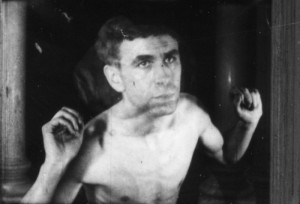
"An experimental film with a sound track consisting of music made by glasses, various metals, drums and a flute. Using his talents as a painter, Peter Weiss starts with a manuscript of sketches upon which he bases his final shooting." PSA Journal, 1955, 37.

"A Study in Reds, that women's club film of a sovietized America, has been successfully completed and the club, a very pillar of society in its community, has been made safe, by the experiment, for Democracy. The Five Year Plan called for the production of ten eggs a day, so that there was none left for the onetime owner of the chickens; children seemed to get mixed on their return from the communistic nursery; and the police ate all the tidbits from the workers' lunches, so that in the end the good ladies of the club returned contentedly to the stultifying, but more reassuring, banalities of private ownership. Miriam Bennet, ACL, of Wisconsin Dells, was the director and cameraman of this reversal of the customary Sovkino drama" Movie Makers, Aug. 1932, 361.
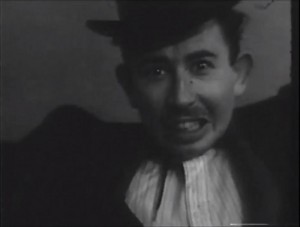
"The Suetonius Version is Stan Fox’s last 16mm amateur film. The story is about a university professor who is fascinated with one of his young female students." (Royal BC Museum)
This film was shot on the UBC campus, including in the closed stacks at the UBC Library.
"Shows maple sugar making, including collecting the maple sap, boiling the sap down to make syrup and beating it to make sugar cakes. Participants are the Martin Kegg and Day families and the camp site is on the west shore of Lake Mille Lacs on Sherman Point." Minnesota Historical Society.
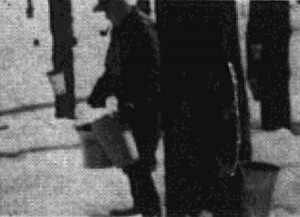
"As the snow begins to melt, the sugar maple begins to raise some of the water thru its roots. The rising water picks up a small amount of sugar to feed the tree in its new growth. We have learned how to rob the tree of some of this sweet water which we call sap. We boil off the excess water, leaving a syrup-maple syrup. The picture presents the story of gathering the sap and the reduction to syrup. A sweet subject and nicely handled" PSA Journal, Oct. 1962, 36.
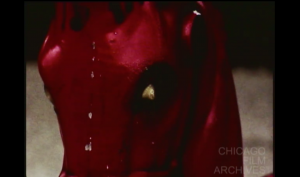
"Student film made at the School of the Art Institute of Chicago set to "Sugar Mountain," a song by Canadian folk rock singer and composer Neil Young." Chicago Film Archives
"The Suicide Race by Frederick C. Harshbarger, a PSA member of Colton, Calif. Fritz has used his past multi-winning talents to present this most unusual equestrian event that most people don't even know exists, much less have witnessed. This 11-minute 16mm film was awarded an Honorable Mention" PSA Journal, Nov. 1970, 38.
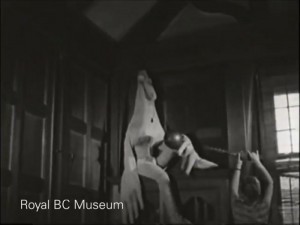
"Produced as a gift to Dorothy Burritt's husband, filmmaker Oscar Burritt (who was working in Toronto at the time), this is an offbeat study of life at their Vancouver apartment -- suite 2, 1960 Robson Street. The camera explores the apartment and the household memorabilia, and Dorothy is seen sitting for a portrait by painter Peter Bortkus. Later some friends drop by for a screening of Sacha Guitry's film Pearls of the Crown, followed by a party. Among the guests are Moira Armour, film editor Maureen Balfe, UBC student Stanley Fox, photographer Peter Varley, and an unnamed figure wearing a bird costume. Most of the people shown would have been involved with the National Film Society of Canada (Vancouver Branch). Suite Two won honourable mention (amateur category) at the first Canadian Film Awards in 1949." (BC Archives)
The film was restored in 1986 by the British Columbia Archives.
Total Pages: 299